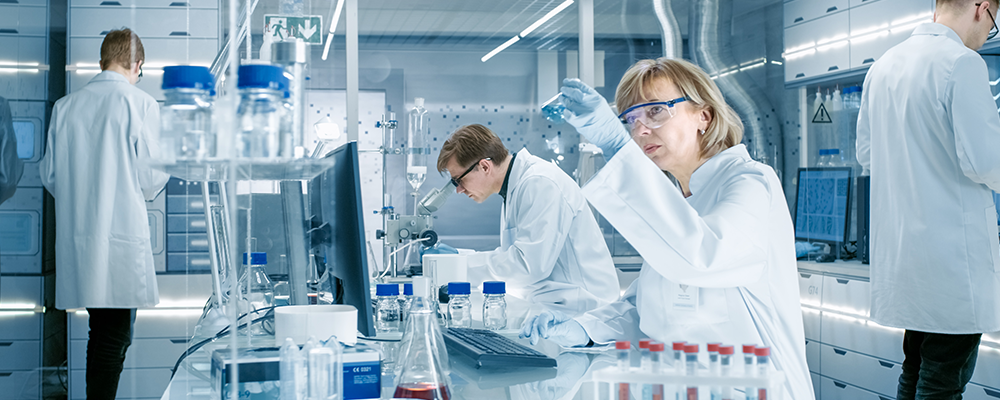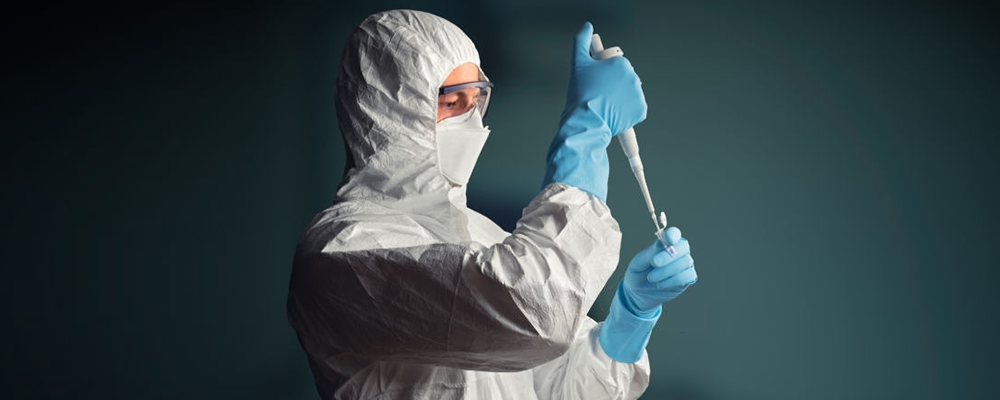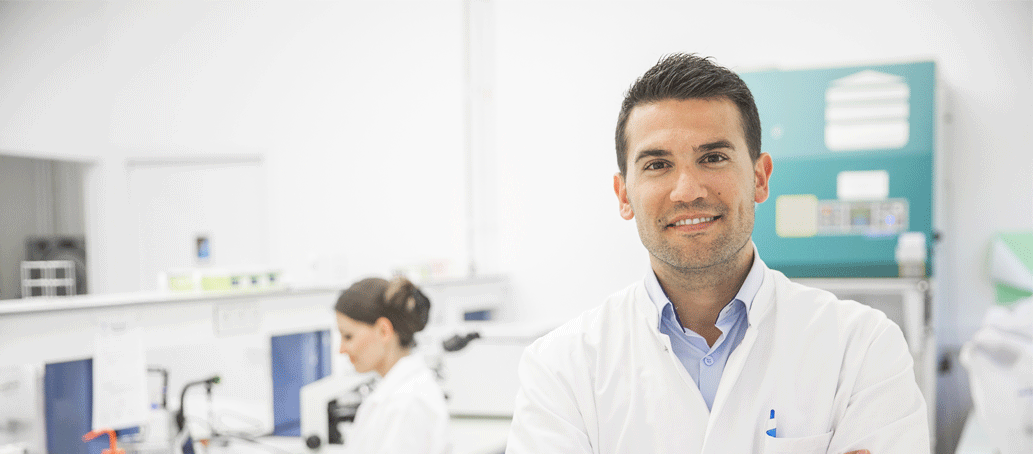
Introduction
The drug development process for pharmaceuticals and biologics is strictly regulated across the globe by different regulatory authorities.
The process of drug development comprises of following stages
Stage 1:- Target and lead identification, in-vitro testing of tissues, plasma, etc. for bench testing of the product.
Stage 2:- Non-clinical testing in live animals (in-vivo testing).
Stage 3:- Filing of IND (Investigational new drug) to get approval to test on humans. If approved, the clinical trial begins with Phase I clinical trials which are also known as first in human studies.
Stage 4:- Filing of NDA (New Drug Application) after successful Phase II trial completion. If approved, the clinical trial begins for Phase III.
Step 5:- Submission of the document to request approval to market the product after a successful Phase III clinical trial.
Phase I Clinical Trials
Phase I studies are designed to investigate the safety/ tolerability i.e. identifying Maximum Tolerable Dose (MTD), pharmacokinetics, and pharmacodynamics of an investigational drug in humans. Right Drug to the Right Patient with Right Dose at the Right Time is the ultimate goal or objective of Phase 1 Clinical Trials.
To achieve the objective of Phase I studies, scientists carry out studies in the following sections:-
- • Clinical Pharmacology of the Drug
It involves studies like First-in-Human, SAD and MAD PK studies, Healthy vs Patient Population, ADME (Mass Balance), Specific population, Drug Interaction, Population PK, Biomarkers, Pharmacogenomics, and other special safety studies
- • Exposure-response (PK/PD) of the drug
It involves dose selection and optimization, efficacy vs. safety, and clinical trial simulation.
- • Biopharmaceutics of the Drug
It involves BA/BE and Food Effect studies
- • Invitro studies carried out with the drug
It involves protein binding, Blood to Plasma Partitioning, Invitro drug metabolism, transport, and drug interactions.
- • Bio-analytical methods
It involves validating assays and generating performance reports
- • For Biologics, scientists carry out immunogenicity and comparability studies.
This article is all about the ADME studies involved in Phase 1 Clinical Trials.
What is Pharmacokinetics?
Pharmacokinetics is the study that involves the action of the human body on medicines. Absorption, Distribution, Metabolism, and Excretion are the major steps involved when a drug enters human body. Physicochemical properties of the drug, the administration route, intrinsic and extrinsic factors of the subject like diseases, organ dysfunction, concomitant medications, and food are the factors that affect the PK profile of an investigational drug.
Efficacy, Toxicity, Cmax, and Tmax are some of the important terms that we generally come across in PK studies.
ADME study is also known as mass balance study. ADME studies are important because it helps to determine other clinical investigations that might need to be conducted in support of regulatory approval for a new drug. The ADME is determined by attaching a radioactive isotope (radiolabel), such as carbon 14 (14C) or tritium (3H) to an investigational new drug and following the radiolabel in human subjects.
Human ADME studies are carried out by the sponsor to obtain valuable information about the investigational new drug which includes:
- • Determining the routes of elimination and clearance mechanisms of the drug
- • Identifying metabolites and determining the relative exposure of parent drug and metabolites
- • Confirming that the human metabolite profile is covered by the metabolite profile in animals from toxicology studies
What is the type of study design carried out in ADME studies?
ADME studies are typically single-dose studies with healthy males (4-6 in numbers) at the intended route of administration.
What are the Primary and Secondary Outcome Measures Considered in an ADME study?
The primary outcome measures of ADME studies in Phase 1trials include
- 1) PK Parameters
Maximum observed concentration (Cmax), time to reach maximum observed concentration (Tmax), area under the concentration-time curve from hour 0 to the last measurable concentration (AUC0-t), area under the concentration-time curve extrapolated to infinity (AUC0-inf), apparent terminal elimination rate constant apparent terminal elimination half-life (t1/2), apparent clearance, and apparent volume of distribution.
- 2) Urine and Feces PK Parameters
Amount excreted in urine over the sampling interval, renal clearance (CLR), and the percent excreted in the urine, amount excreted in feces over the sampling interval, and the percent excreted in feces
- 3) Metabolites
Metabolites of [14C]-DRUG MOLECULE and their PK parameters will be identified and calculated as deemed appropriate, based on plasma and urine concentration levels.
The secondary outcome measures involved in Phase 1 Clinical Trials include
-
- Signs, symptoms, incidence, and severity of adverse events (AE)
- Abnormalities in clinical laboratory assessments, vital signs, electrocardiograms (ECGs), and physical examinations.
How are ADME studies conducted in Phase 1 trials?
Mass Balance or ADME studies are carried out with male healthy volunteers by administering them with a single dose of the investigational drug labeled with Carbon-14. The cumulative radiolabeled dosage used in these experiments is approximately 50-100 μCi. It is based on the predictions of real tissue exposures from tissue distribution studies performed during preclinical trials involving animals. The volunteers are then kept in the clinical pharmacology unit (CPU) after administration until the radioactivity linked to the radiolabeled drug is quantitatively retrieved in the excreta (thresholds prescribed in the study protocol, normally in the range of 95% total and < 1Bq/ mL in the blood). Blood samples collected during the study are analyzed for the PK properties of the parent medication. The samples collected from this analysis are used in circulation and excrete metabolite profiling.
Conclusion
The human mass balance study is an essential study of the drug development process. ADME is also being carried out in the preclinical stage but the safety and efficacy of the investigational drug can only be validated after determining the absorption, distribution, metabolism, and excretion (ADME) properties of the investigational drug on healthy human volunteers. It can be rightly said that the human ADME (hADME) study provides a correlation between clinical observations and preclinical safety studies. The key objective of the hADME study is to quantify, characterize, and identify drug metabolites present in the systemic circulation.
References
- 1. Clinical Pharmacology 1: Phase 1 Studies and Early Drug Development, US FDA.
- 2. What is a Human Mass Balance Study? Accessed at
https://www.nuventra.com/resources/blog/what-is-human-mass-balance-study/
- 3. Why, When, and How to Conduct 14C Human Studies. Accessed at






